Connor O’Brien
It is said that talent is hard to beat, but talent plus work is unbeatable. I would add determination and you’d have the perfect recipe for success. The first time I heard the name Connor O’Brien, it was from my father Charles Duncan. I was just back from a season of competition in Europe and my father told me about a young boy who approached him saying that he needed a ticket to ski. People were always asking my father for tickets: “I forgot my wallet”; “I have several kids and it’s expensive”; “I’m a student”; but nobody had ever said, “I need it”. My father had felt, in the voice and intensity of the young man, a certain urgency and he asked me to find out about this newcomer.
It turned out that this young man had had a plan and had accomplished it. His mother, an Estonian woman, had come to settle in Canada to escape the Second World War. She studied at McGill and became the first women to graduate in architecture. She contributed to numerous big projects such as Place Ville-Marie, Place Bonaventure, Maison Alcan and others. His father, born in Ireland, had left London after WWII and came to settle in Montréal as an aerospace engineer for Canadair. Together, they founded a family with four children, including Connor, who was born on February 4, 1961.
Mr. O’Brien had learned to ski in Austria when he was studying in London, and the whole family had to take to skiing…enthusiastically. Connor said that he started skiing at the age of two. You would find the O’Brien family on the slopes of Mont Alouette, La Marquise, Avila, Mont Habitant, and Vallée Bleue, for several years. At the age of eight, Connor discovered Mont Tremblant with the “Ski Hawks” ski club. Like many children at that time, he travelled by bus to the North Side of Mont Tremblant and spent the whole day on the slopes. I always admired skiers who had to leave at 6 a.m. to be able to ski, whereas I had only to put on my boots and get out onto the mountain just 50 metres from my home.
At 13, Connor joined the Division Laurentienne de Ski (DLS) and as a member of the team, he had the benefit of coaches such as Denis Deslauriers, Rémi Cloutier, and later, Diane Culver. At 16, he moved to Vermont to finish high school and was on the Green Mountain Academy team, then, when he continued his studies in physics at Middlebury College, he competed with the college ski team on the NCAA circuit (National Collegiate Athletic Association).
He came back to Québec, where he became a member of the Québec team. Its members included, among others, Paul Boivin, Michael Tommy, Nick Wilson and Jan Splawinski. He was lucky enough to have as his coach Piotr Jeleń, one of the best coaches that Canada had ever known. Thanks to the citizenship of their respective fathers as entry point, Connor and Nick Wilson decided to go to England for a year to try to join Great Britain’s national team. This gave him the opportunity to compete in the European Cup and the World Cup.
But Connor was a serious young man and he decided to return to Vermont to finish his studies at Middlebury Collage and, of course, to ski on the NCAA circuit. Skiing was a passion of Connor’s and he dreamed of participating in the 1984 Olympic Games. To do this, he returned to Europe where he again carved out a place for himself on Great-Britain’s national team and qualified for the Sarajevo Games.
Connor was optimistic before the run because he was among the first 20 in training, but the day of the race, an error relegated him to 33rd place. Connor had skiing in his blood and upon his return to Canada in 1985, he decided to train with the Canadian alpine ski team which included Tod Brooker, Chris Kent, Brian Stemmle and Paul Boivin.
Yet again, he was fortunate enough to have an exceptional coach: Germain Barrette. But injuries and average results made him decide to retire from competitive skiing. Yet again, he returned to the United States, this time to Dartmouth College in New Hampshire to get an MBA. But the pull of skiing was still there; he became one of the university team’s coaches and allowed himself, occasionally, the pleasure of participating in some professional competitions.
While at the time I more or less knew Connor, it was a good friend, Michel Poirier, who informed me that his (Michel’s) daughter Louise-Anne (an excellent skier and competitor) was to marry Connor O’Brien. It’s a small world! And so it was on August 6, 1988, in the little Saint-Bernard chapel, that the young couple exchanged their vows.
Connor then resumed his business career in New York, where he and Louise-Anne settled. Connor worked for Lehman Brothers, then for Merrill Lynch. Connor, the New York businessman, was successfully building a career, but Connor, the skier, had not done with his Olympic dream. Only those closest to him knew about this small, unfulfilled aspect of the man.
After the dismantling of the Soviet Union in December 1991, Estonia was represented in 1992 at the Albertville Olympics. Connor’s mother, seeing the potential of having a fast skier represent her country, suggested to her son that he represent Estonia in downhill, in alpine skiing, at the next Games: the 1994 Olympic Games in Norway. For Connor, it was a bit crazy to return to competition after almost ten years of retirement, several years behind a banker’s desk, and a few days of skiing a year.
That same summer during a trip to Chile with Louise-Anne, he met his two former coaches, Piotr Jeleń and Germain Barrette. The happy reunion was celebrated with a few cold beers, after which Piotr, Germain and Louise-Anne convinced Connor that he should try the Olympic experience again. The two friends offered him their support and their advice. They went for training to skiing legend Marc Girardelli. And the challenges began: first, he had to obtain, rapidly, his Estonian citizenship; then arouse the interest of the Estonian Olympic committee. After that, he had to regain an Olympics level of fitness, find equipment for the descent – equipment which had changed a great deal in a few years – and find a place to train and get downhill results to obtain FIS classification. All that in secret because he was working on Wall Street with bankers’ hours and business trips, as well.
So Central Park became his gym. Initially, he trained alone because he didn’t feel he was up to par, then he trained with the Canadian team and with Girardelli who was very happy to have a companion to train with at five in the morning at Passo dello Stelvio, in Italy. Anyway, Connor notes that Marc Girardelli and his father trained him generously. Connor’s biggest problem was qualifying for the Olympic Games. He had to get a downhill result in the top 500 in FIS points. He found himself in December 1993 in Val Gardena where he took a fall and fractured some vertebrae on the first day of training. After a day’s rest, he decided to participate in the competition, in which he performed well enough to qualify. He returned to New York for a few weeks for work and returned to Mont-Tremblant for the Holiday Season. By chance, Connor and I met on the slopes and he revealed his big project. As I knew that I would be in Lillehammer as analyst for alpine skiing, I promised him that I would do the commentary on his race.
When he returned to New York, he revealed to his very surprised boss that he had to be away for a few weeks to participate in the Lillehammer Olympic Games. The Lillehammer Games were the coldest I have ever known. It was -30°C, day after day. The conditions were extremely difficult for all events taking place outdoors.
In principle, in alpine skiing, the podium goes to the first 30 runners and they are the ones the cameras follow. Connor wore bib 52 and I managed to persuade my director of the pertinence of broadcasting the run of this Canadian living in New York and representing Estonia. Course conditions do not improve with use and Connor did not finish his run. After my day at the microphone, I tried to find him and learned that he had returned to New York for a business meeting the next day. But that’s not all. Connor came back to Lillehammer the following day – the day after the meeting – to participate in the closing ceremonies. And that, ladies and gentlemen, is what you call determination.
Important epilogue: Connor and Louise-Anne became the happy parents of Mikaela on June 24, 1998, and guess what? Like her parents, she is a university graduate and competed in alpine skiing at the international university level.
More from this author by clicking on his photo below.
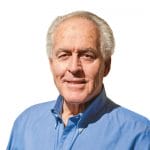
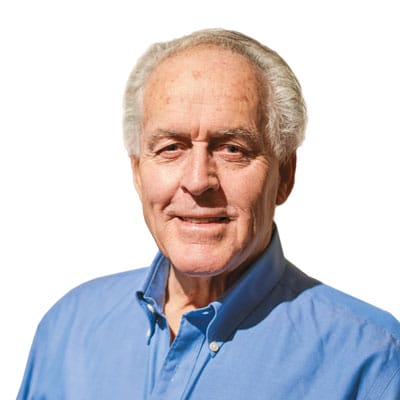
Peter Duncan123 Posts
Membre de l’équipe canadienne de ski alpin de 1960 à 1971, skieur professionnel de 1971 à 1979 et champion américain en 1965, Peter Duncan a participé aux Jeux olympiques de 1964 à Innsbruck ainsi qu’à ceux de 1968 à Grenoble. Intronisé au Temple de la renommée du ski au Canada, au Panthéon des sports du Québec et récipiendaire de la médaille du gouverneur général, Peter a longtemps été commentateur de ski à la télévision./ Peter Duncan is a Canadian former alpine skier who competed in the 1964 and the 1968 Winter Olympics. He was named to the Canadian National Alpine Team in 1960 at the age of 16 and competed at the national level for the next 10-years until 1970 before retiring.

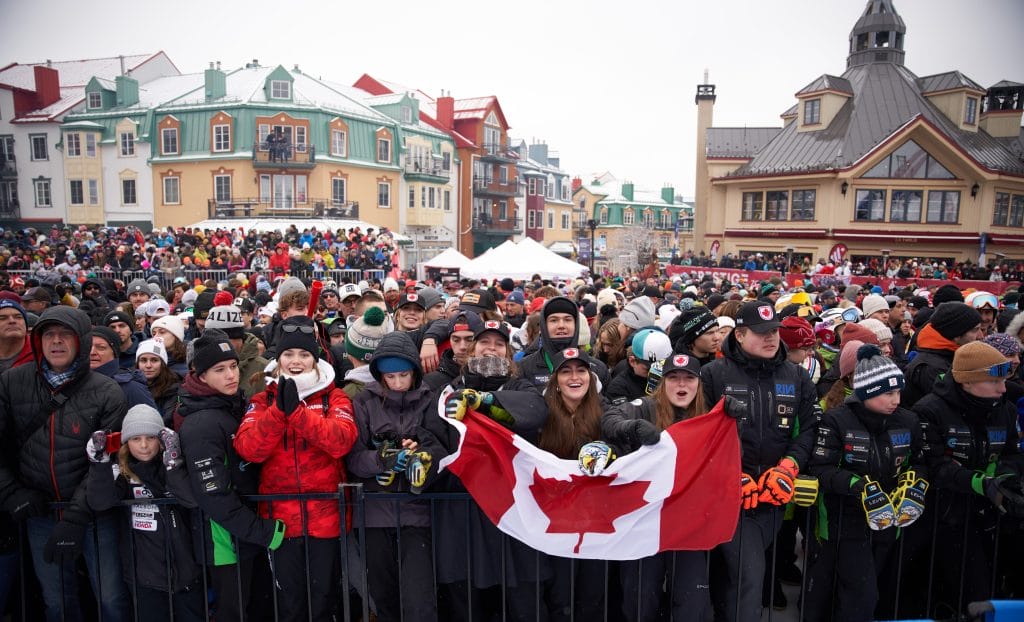
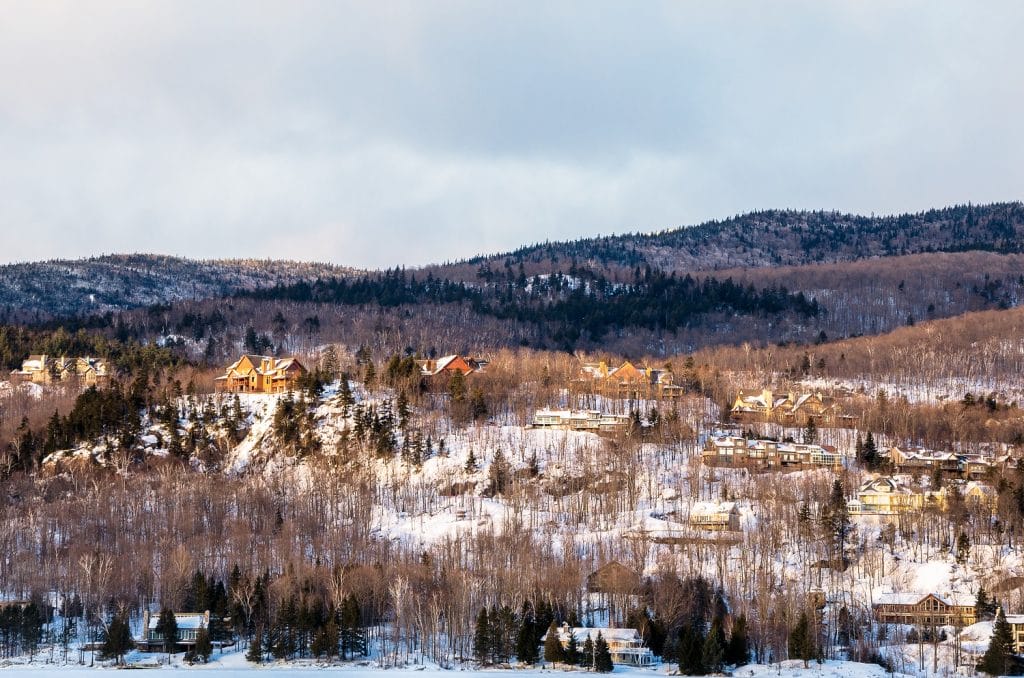

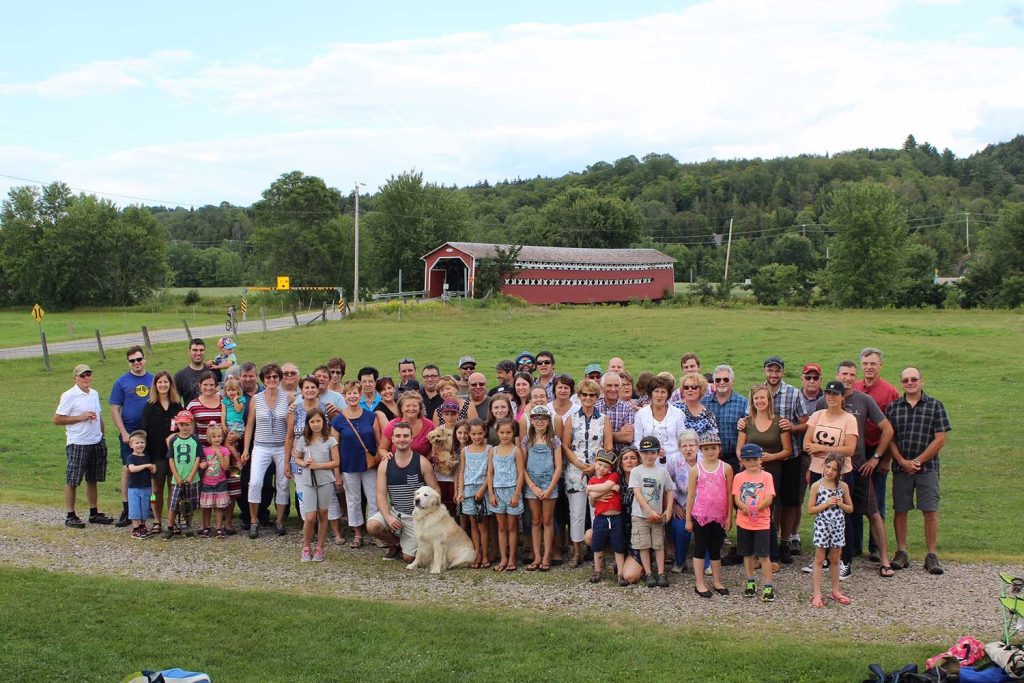
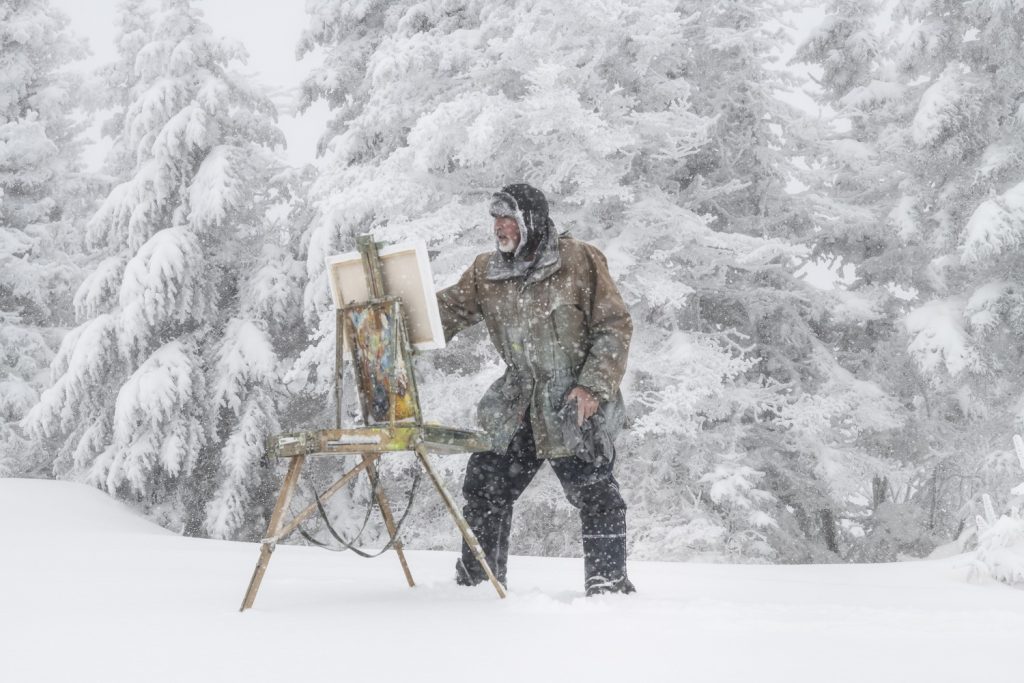
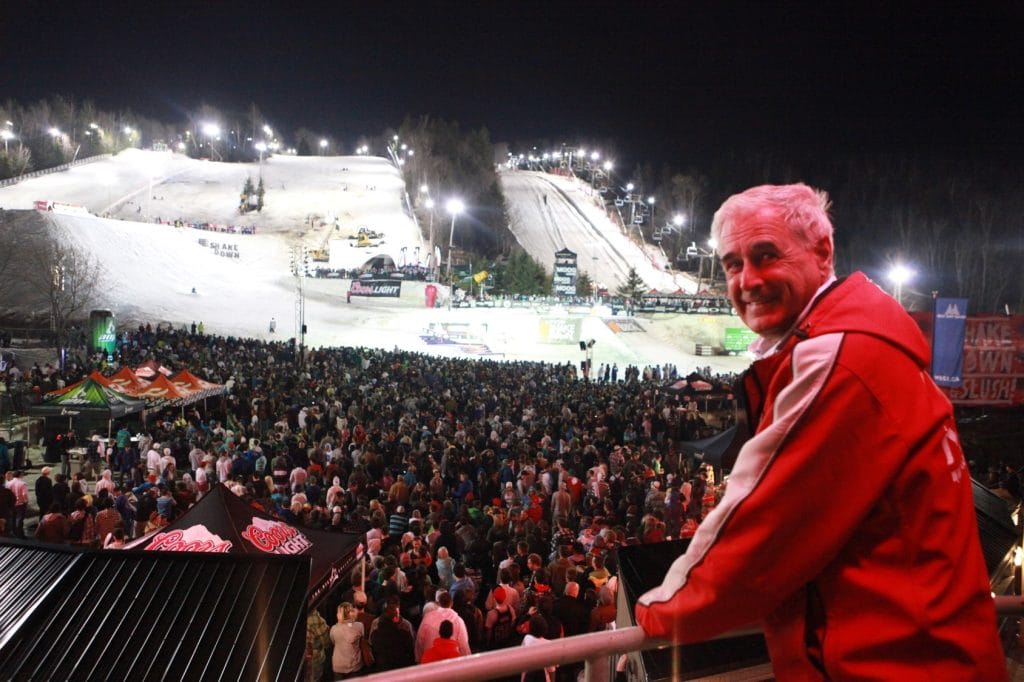
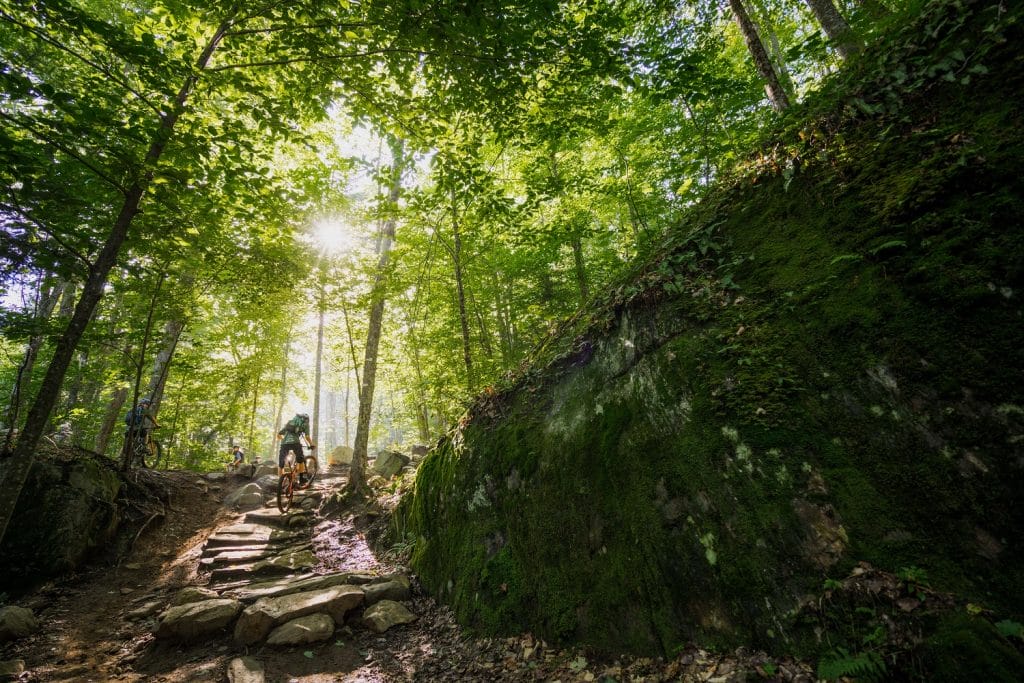
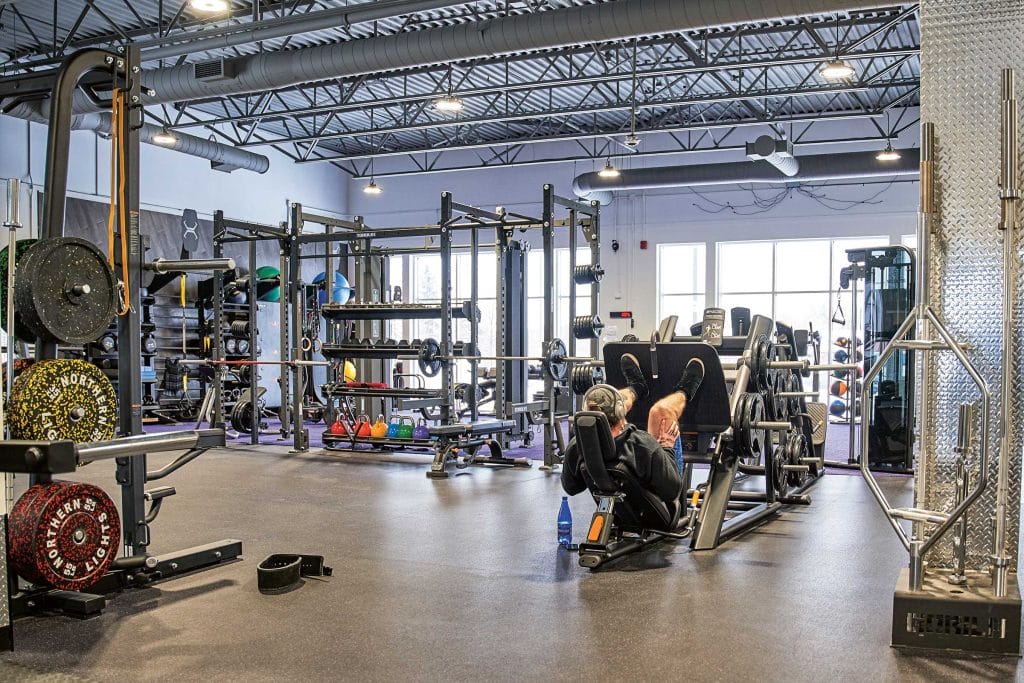
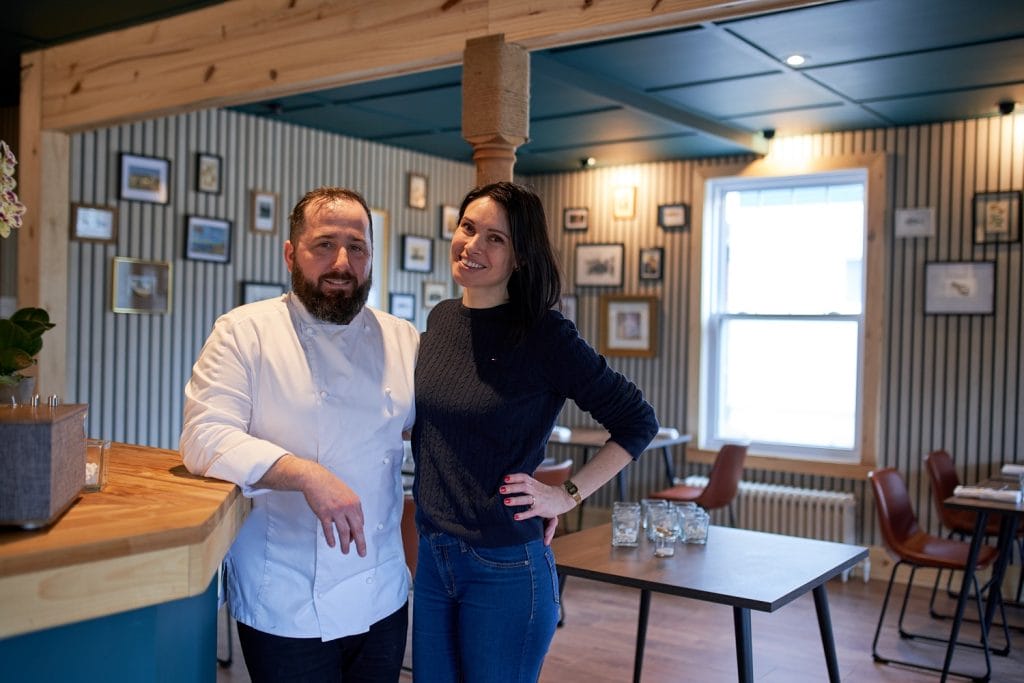
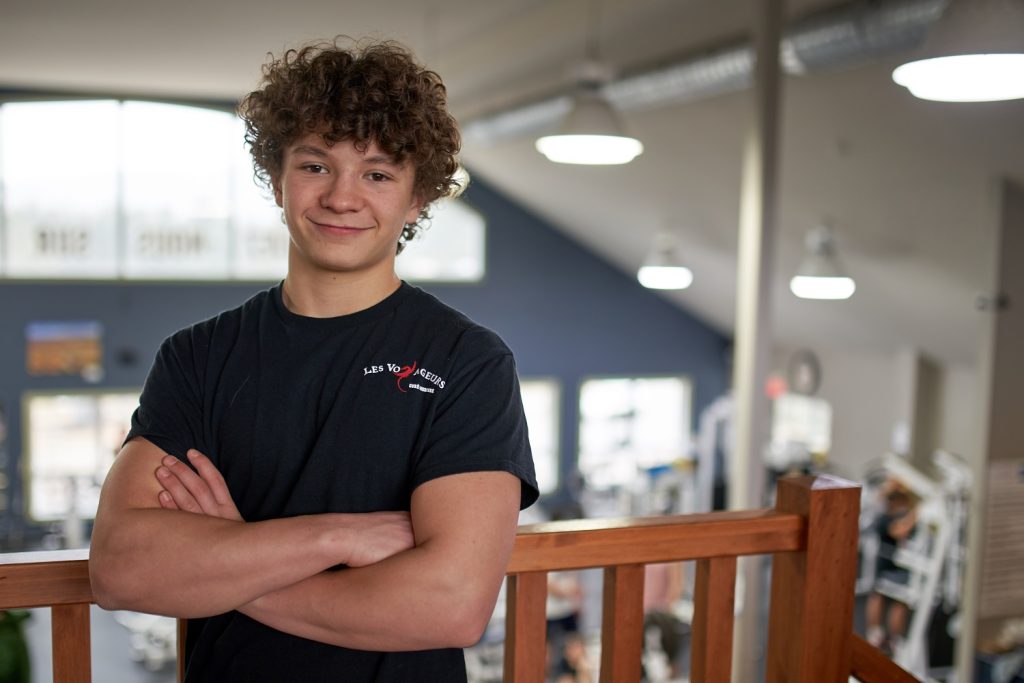
0 Comments